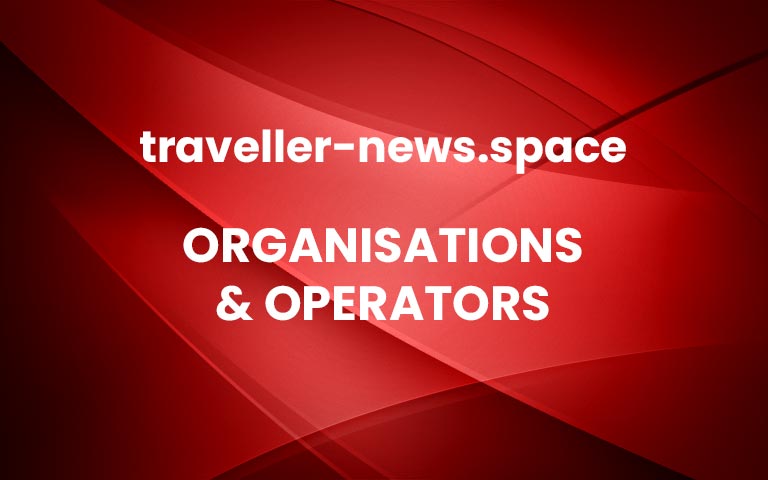Ethiopian Airlines Group Unveils a Global Standard Airport in Wollo Kombolcha
Ethiopian Airlines Group, the largest airline group in Africa, unveils a global standard airport in Wollo Kombolcha, north-central part of Ethiopia. The newly enhanced airport facility which includes Passenger Terminal building, VIP Terminal, and Support facility buildings received a grand inauguration in the presence of H.E Arega Kebede, President of the Amhara Regional State, higher […] More


